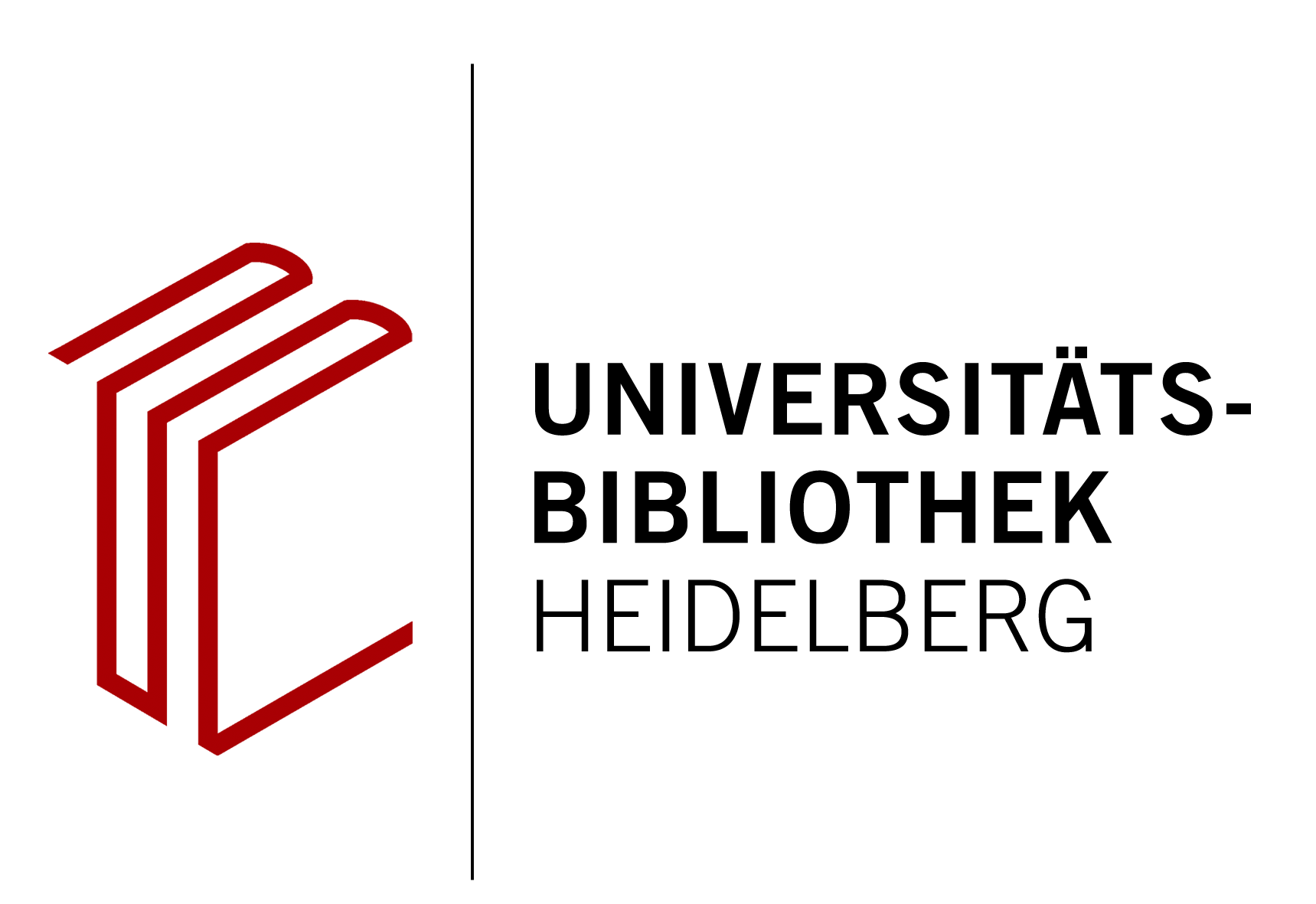Kröll, Karola
Das Gräberfeld der jüngeren Römischen Kaiserzeit von Costedt
In Porta Westfalica-Costedt wurde 1989 vom Westfälischen Museum für Archäologie ein Gräberfeld mit 44 Bestattungen der jüngeren römischen Kaiserzeit untersucht. Unter den Bestattungsformen finden sich neben einigen Urnengräbern vor allem Brandgruben, Brandschüttungen und Knochennester – Varianten, die im rhein-wesergermanischen Kreis üblich sind.
Mit 15 Fibeln weist das Gräberfeld verhältnismäßig viele Gewandspangen auf, die häufigste Fundgattung bildet die Keramik. Mehrere Gräber führen römischen Import; nachgewiesen sind eine römische Scheibenfibel, Terra Sigillata sowie die Reste römischer Bronzegefäße und Gläser. Anhand der Beigaben, etwa des römischen Importes, lässt sich eine lokale soziale Führungsschicht umreißen. In der Zusammenschau ergibt sich das Bild zweier hier gemeinsam bestattender Hofgemeinschaften, von denen eine über drei Generationen hinweg erkennbar reicher ist als die andere.
Die Auswertung des Fundplatzes erfolgte im Rahmen von zwei Übungen am Seminar für Ur- und Frühgeschichte der Georg-August-Universität Göttingen von 1992 bis 1994.







